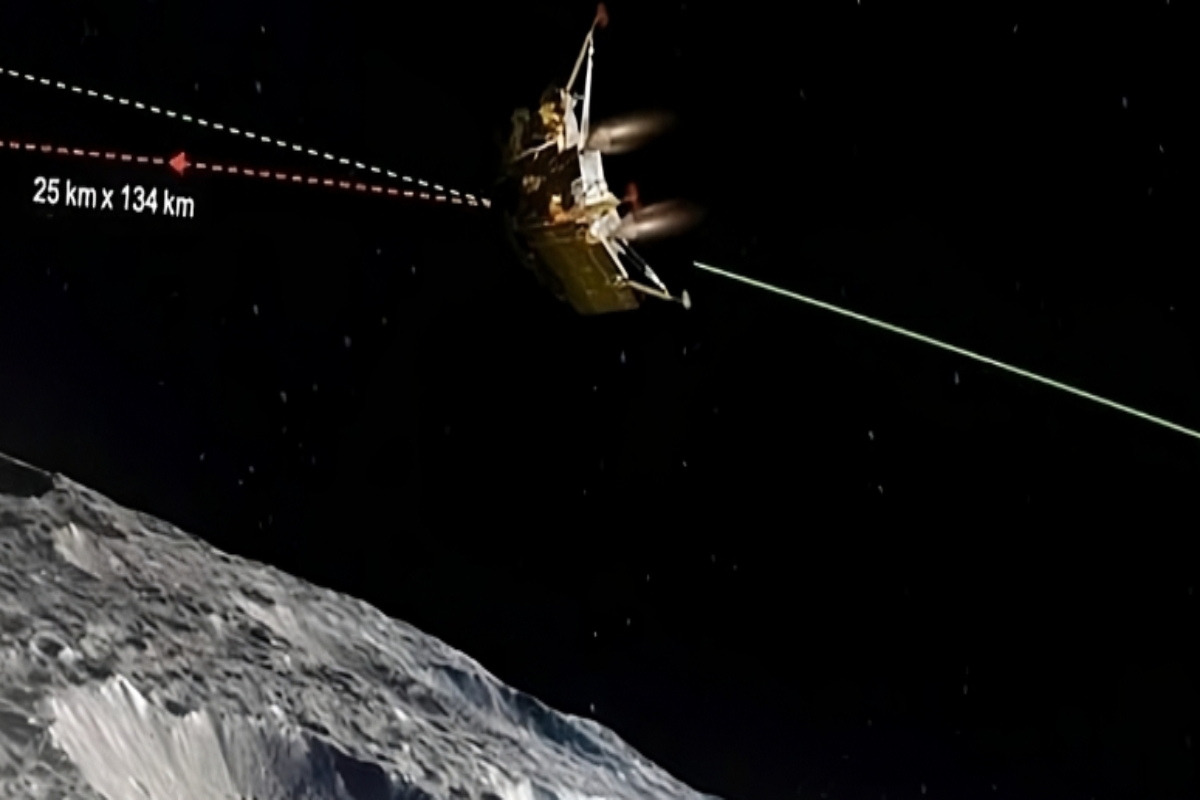Chandrayaan-3: Today, Chandrayaan-3 will try to make a soft landing on the moon’s south pole. This mission could enhance India’s aspirations for space exploration and increase our understanding of lunar water ice, which may be one of the moon’s most important resources. The mission has so far gone according to plan, but the last phase is reportedly 20 minutes of dread that might resemble a close T20 match. For the Chandrayaan-3 lander module to successfully traverse all the difficulties related to a soft landing on the moon, the lander Vikram and rover Pragyaan will need to combine accuracy and innovation.
The Delicate Art of Touching Down on the Moon
A soft landing is when a spaceship makes a controlled descent and then touches down on the moon’s surface without suffering any serious harm to it or its research equipment. It is accomplished by gradually lowering the spacecraft’s speed, enabling a soft landing. Such landings guarantee a delicate connection with the lunar surface, allowing for the gathering of useful data, exploration, and maybe acting as a forerunner to human missions. On the other side, a hard landing entails more of a collision between the spacecraft and the lunar surface.
Chandrayaan-3’s Precise Descent Amid Blistering Speeds
The Chandrayaan-3 will need to overcome blistering speeds and then carry out a precise, controlled descent in order to make a soft landing. The powered fall of the Vikram lander will send it hurtling into the moon’s surface at a speed of 1.68 km/s, or approximately 6048 km/h—almost ten times that of an aeroplane. This is known as the rough braking phase and lasts for roughly 11 minutes. The Vikram lander will then begin to slow down with all of its engines operating, but the lander is still practically horizontal to the surface of the moon. The ‘fine braking phase’ will start once the Vikram lander is made vertical to the moon’s surface through a series of manoeuvres. A small error in the spaceship’s descent could result in a collision or other harm. The Vikram lander during the Chandrayaan-2 launch lost control and crashed while in the fine braking phase. Today’s battle will pit the Chandrayaan-3 lander against lunar dust, tiny abrasive particles that could surround the spacecraft in an exhaust plume. There have been unsuccessful moon landing attempts previously. The Luna-25 spacecraft from Russia was supposed to touch down on the south pole this week, but on approach it spun out of control and crashed on Sunday. The south pole is full of craters and deep pits and lies far from the equatorial region that was the objective of earlier missions, including the crewed Apollo landings. Missions to the south pole are scheduled by both China and the United States.
Keep watching our YouTube Channel ‘DNP INDIA’. Also, please subscribe and follow us on FACEBOOK, INSTAGRAM, and TWITTER.
